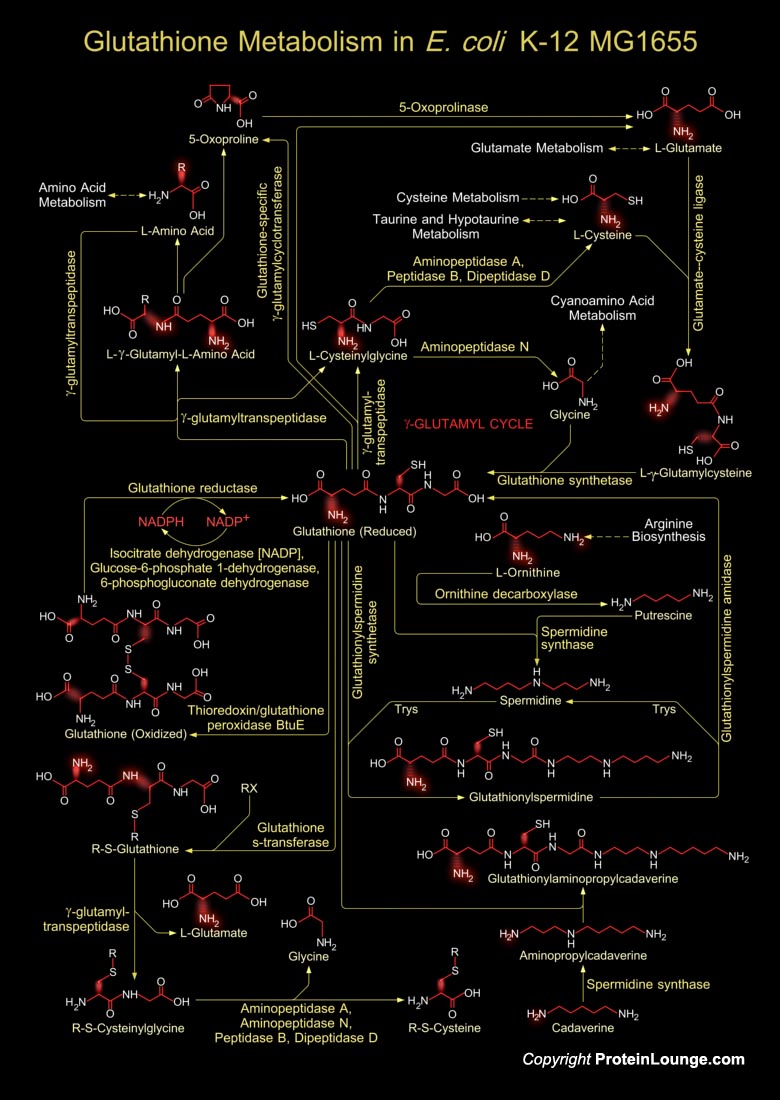
Glutathione is a sulfhydryl (-SH) antioxidant, antitoxin, and enzyme cofactor. It is ubiquitous in animals, plants, and microorganisms, and being water soluble is found mainly in the cell cytosol and other aqueous phases of the living system. Glutathione is a tripeptide composed of Glutamate, Cysteine and Glycine that has numerous important functions within cells. It is homeostatically controlled, both inside the cell and outside and often attains millimolar levels inside cells, which makes it one of the most highly concentrated intracellular antioxidants. Glutathione exists in two forms. The antioxidant "reduced Glutathione" tripeptide is conventionally called Glutathione and abbreviated Gsh; the oxidized form is a sulfur-sulfur linked compound, known as[..]
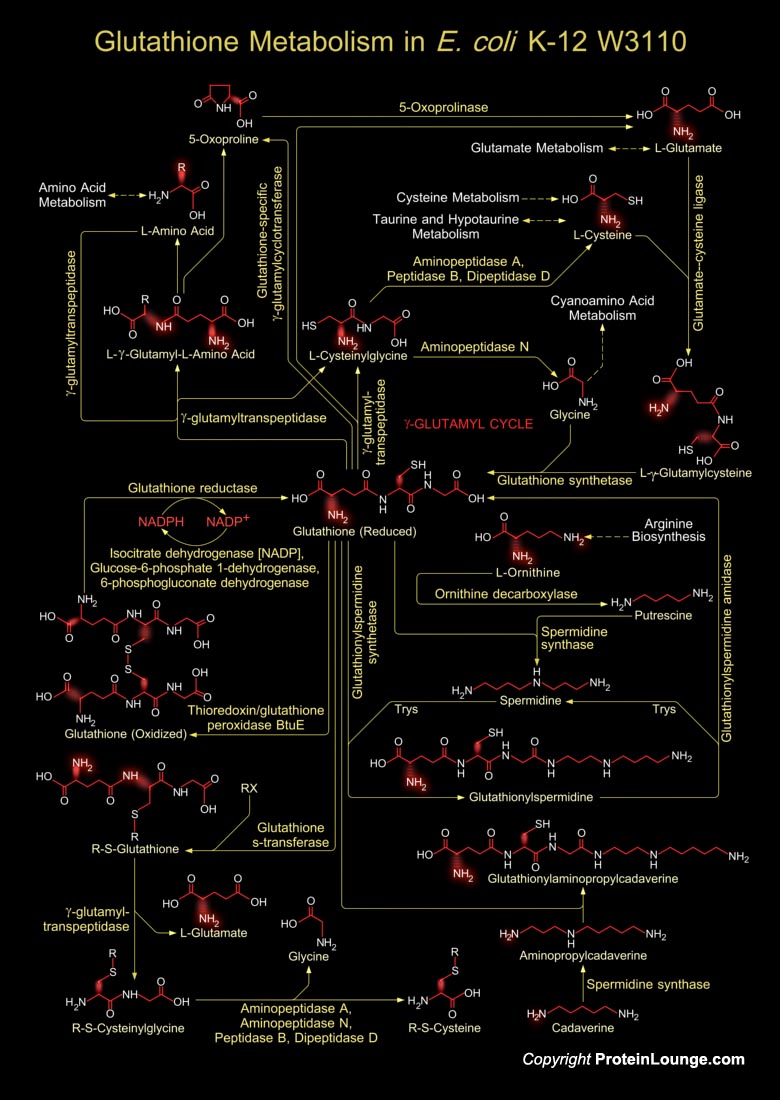
Glutathione is a sulfhydryl (-SH) antioxidant, antitoxin, and enzyme cofactor. It is ubiquitous in animals, plants, and microorganisms, and being water soluble is found mainly in the cell cytosol and other aqueous phases of the living system. Glutathione is a tripeptide composed of Glutamate, Cysteine and Glycine that has numerous important functions within cells. It is homeostatically controlled, both inside the cell and outside and often attains millimolar levels inside cells, which makes it one of the most highly concentrated intracellular antioxidants. Glutathione exists in two forms. The antioxidant "reduced Glutathione" tripeptide is conventionally called Glutathione and abbreviated Gsh; the oxidized form is a sulfur-sulfur linked compound, known as[..]
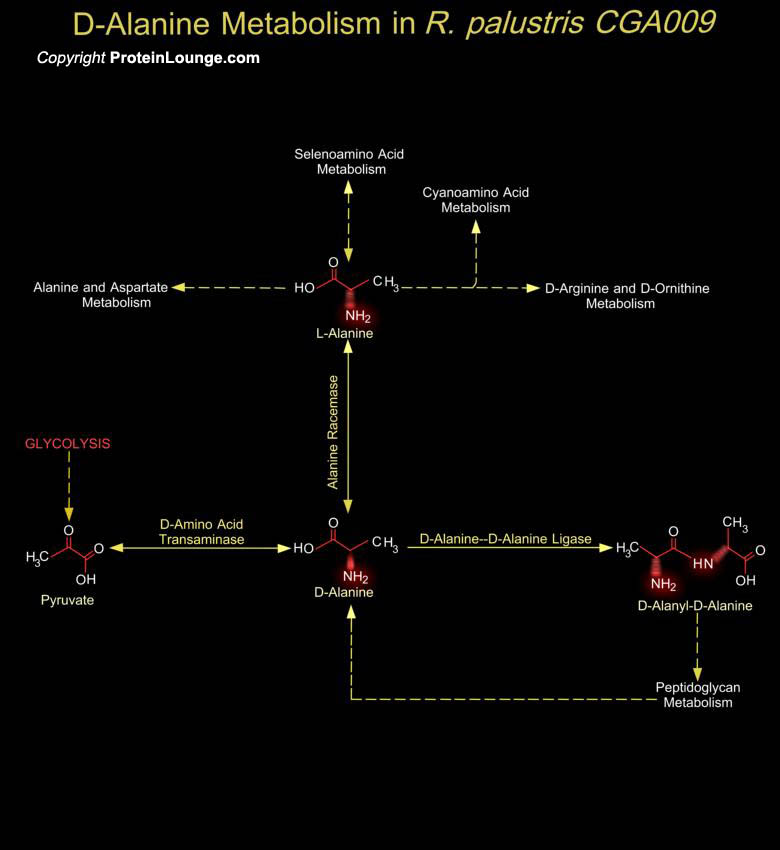
Rhodopseudomonas palustris is a purple photosynthetic bacterium that belongs to the Alpha-Proteobacteria and is widely distributed in nature as indicated by its isolation from sources as diverse as swine waste lagoons, earthworm droppings, marine coastal sediments and pond water. It has extraordinary metabolic versatility and grows by any one of the four modes of metabolism that support life: photoautotrophic or photosynthetic (energy from light and carbon from carbon dioxide), photoheterotrophic (energy from light and carbon from organic compounds), chemoheterotrophic (carbon and energy from organic compounds) and chemoautotrophic (energy from inorganic compounds and carbon from carbon dioxide). R. palustris enjoys exceptional flexibility within each of these modes of[..]
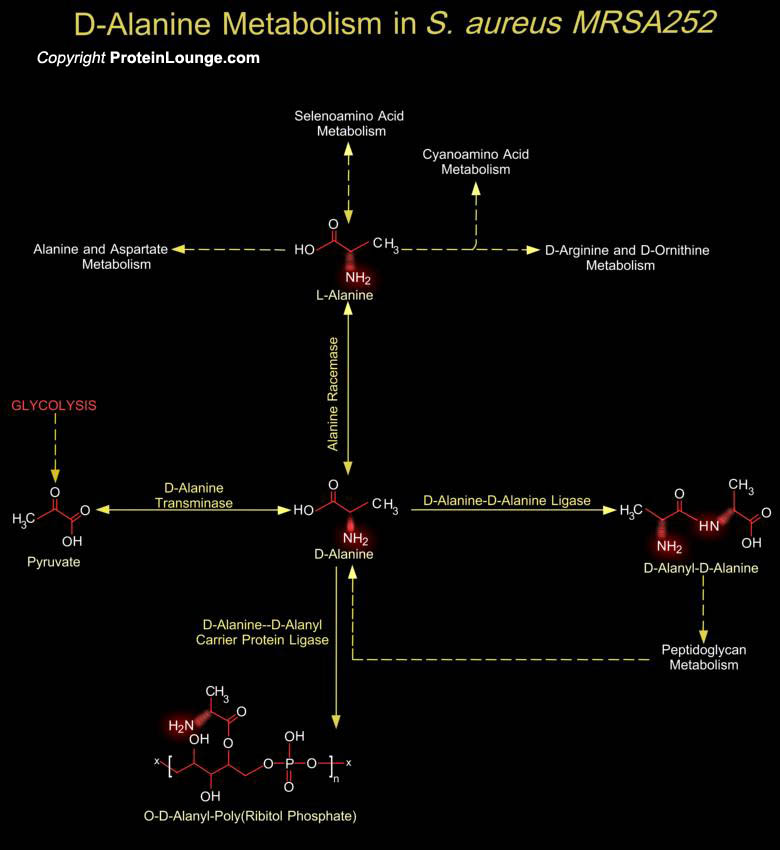
Staphylococcus aureus are Gram-positive nonmotile coccus that grows in aerobic and anaerobic conditions, in which it forms grape-like clusters. S. aureus is an important nosocomial and community-acquired pathogen. It produces numerous toxins including superantigens that cause unique disease entities such as toxic-shock syndrome and staphylococcal scarlet fever. Its genetic plasticity has facilitated the evolution of many virulent and drug-resistant strains, presenting a major and constantly changing clinical challenge. Two disease-causing S. aureus strains have been isolated from distinct clinical settings: a recent hospital-acquired representative of the EMRSA-16 (Epidemic Methicillin-Resistant S. aureus) clone (MRSA252), a clinically important and globally prevalent[..]
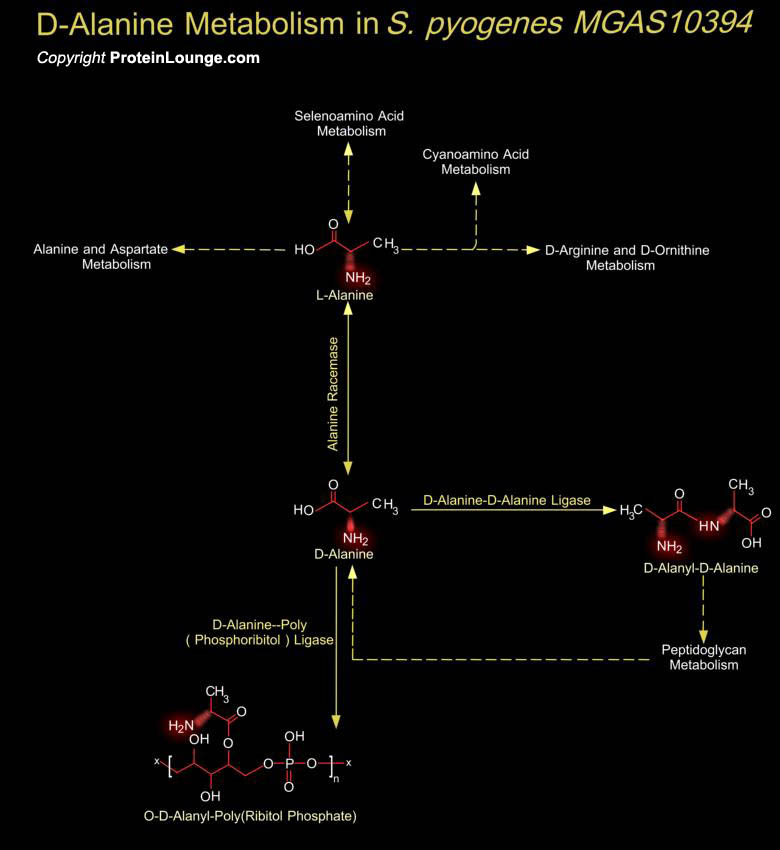
Group-A Streptococcus pyogenes remains an important human pathogen responsible for a variety of suppurative infections, including pharyngitis, scarlet fever, impetigo, and cellulitis and for nonsuppurative sequelae, such as acute rheumatic fever, acute glomerulonephritis, and reactive arthritis (Ref.1). S. pyogenes strains are grouped into two classes on the basis of post infectious sequelae associated with each strain, Class-I is responsible for rheumatic fever and Class-II is responsible for acute glomerulonephritis. S. pyogenes strain MGAS10394 is the first Streptococcus M6 genome to be sequenced and is the largest Group-A Streptococcus genome sequenced to date (Ref.2 & 3).As is the case in other Gram-positive bacteria, the cell wall of S. pyogenes is associated[..]
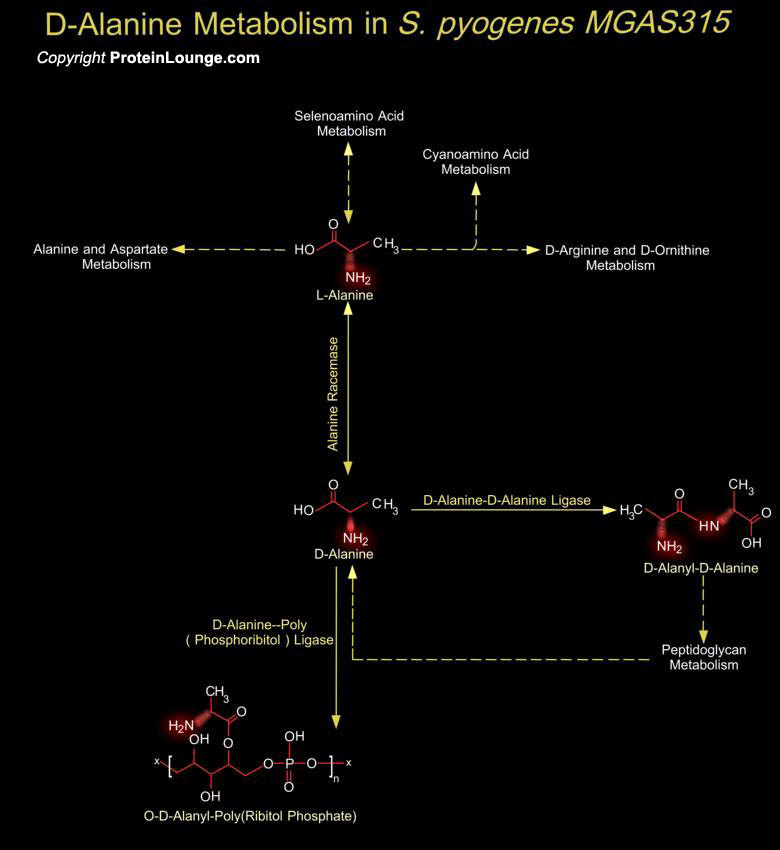
Group-A Streptococcus pyogenes remains an important human pathogen responsible for a variety of suppurative infections, including pharyngitis, scarlet fever, impetigo, and cellulitis and for nonsuppurative sequelae, such as acute rheumatic fever, acute glomerulonephritis, and reactive arthritis (Ref.1). S. pyogenes strains are grouped into two classes on the basis of post infectious sequelae associated with each strain, Class-I is responsible for rheumatic fever and Class-II is responsible for acute glomerulonephritis. S. pyogenes strain MGAS315 (Serotype M3) was isolated from an STSS (Streptococcal Toxic Shock-Like Syndrome) patient. The Serotype M3 is among the most prevalent in terms of involvement in severe invasive infections (Ref.2 & 3).As is the case in[..]
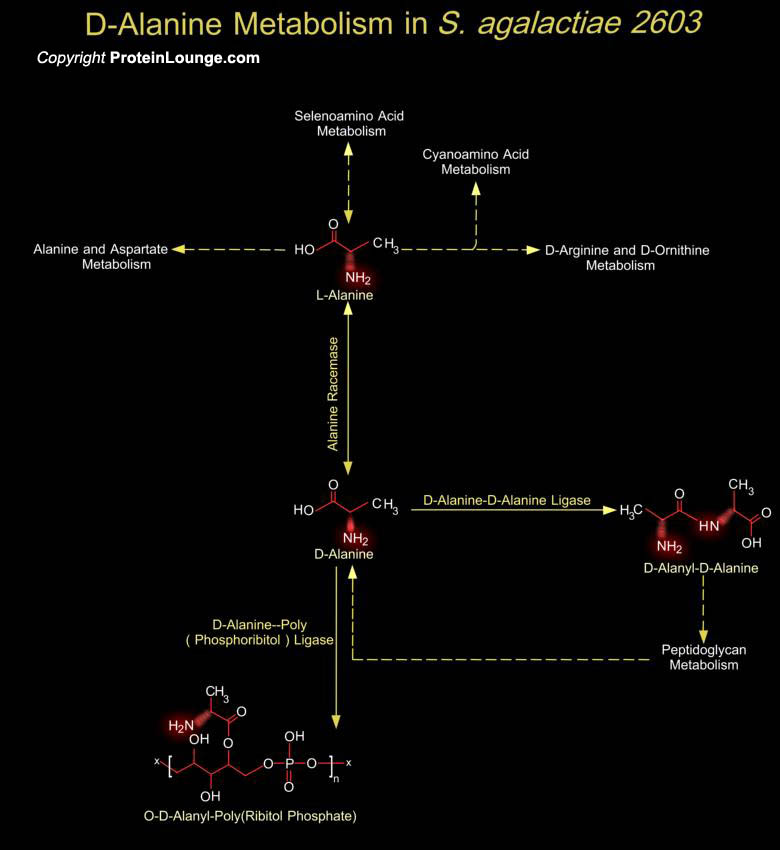
Streptococcus agalactiae, or Group-B Streptococcus is a Gram-positive nonmotile bacterium and is the leading cause of bacterial sepsis, pneumoniae and meningitidis in neonates in U.S. and Europe. It usually behaves as a commensal organism that colonizes the gastrointestinal or genital tract of 25-40% of healthy women, but it can cause life-threatening invasive infection in susceptible hosts: newborn infants, pregnant women, and adults with underlying chronic illnesses (Ref.1).As is the case in other Gram-positive bacteria, the cell wall of S. agalactiae is associated with an array of proteins which can share common structural features. The cell wall of Gram-positive bacteria is a peptidoglycan macromolecule with attached accessory molecules such as TAs (Teichoic[..]
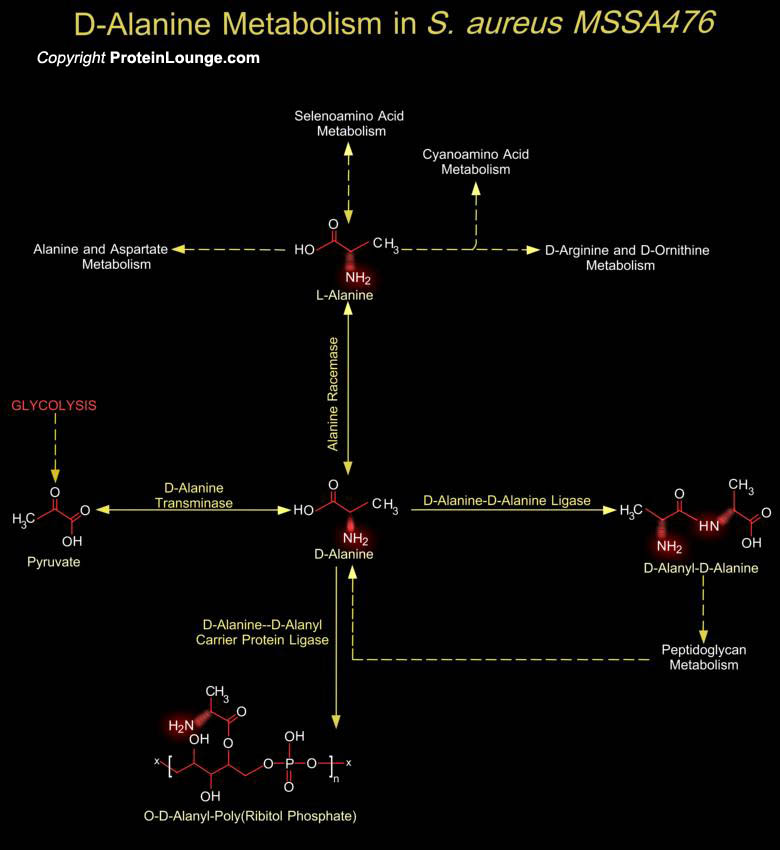
Staphylococcus aureus are Gram-positive nonmotile coccus that grows in aerobic and anaerobic conditions, in which it forms grape-like clusters. S. aureus is an important nosocomial and community-acquired pathogen. It produces numerous toxins including superantigens that cause unique disease entities such as toxic-shock syndrome and staphylococcal scarlet fever. Its genetic plasticity has facilitated the evolution of many virulent and drug-resistant strains, presenting a major and constantly changing clinical challenge. Two disease-causing S. aureus strains have been isolated from distinct clinical settings: a recent hospital-acquired representative of the EMRSA-16 (Epidemic Methicillin-Resistant S. aureus) clone (MRSA252), a clinically important and globally prevalent[..]
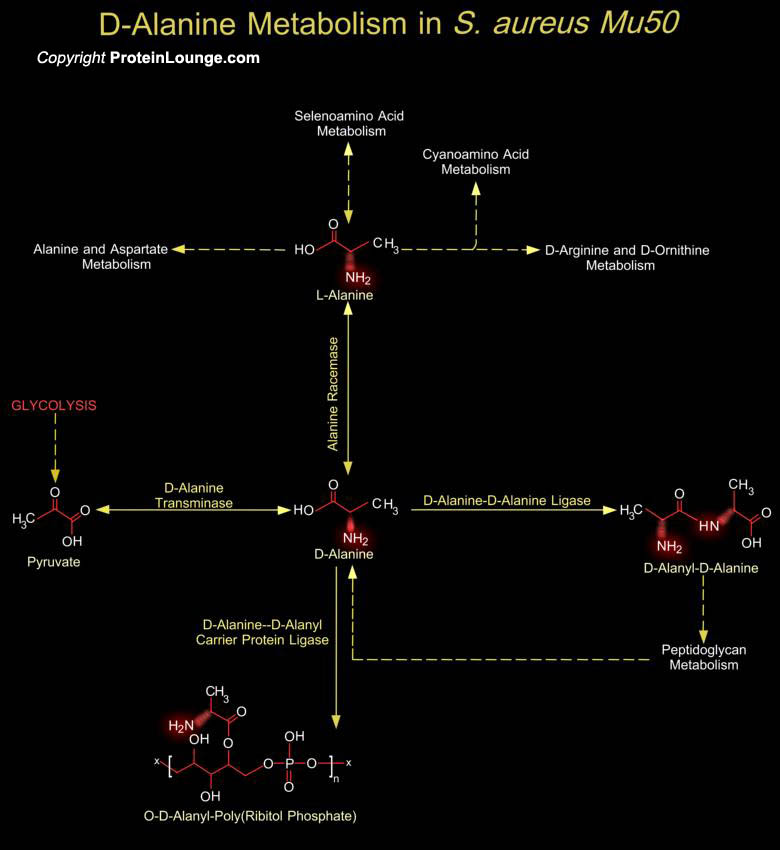
Staphylococcus aureus are facultative anaerobic Gram-positive cocci, that is a major cause of hospital acquired (nosocomial) infection of surgical wounds and infections associated with indwelling medical devices. S. aureus causes food poisoning by releasing enterotoxins into food, and toxic shock syndrome by release of superantigens into the blood stream. Over the last decade, VRSA (Vancomycin Resistant S. aureus) strains have become endemic in hospitals worldwide. The VRSA phenotype of S. aureus Mu50 is the result of changes to the cell wall structure. In comparison with MRSA strains, Mu50 and Mu50-like strains have a thickened cell wall, release more cell wall material into the culture medium and have increased rates of autolysis (Ref.1). The fine structure of the[..]
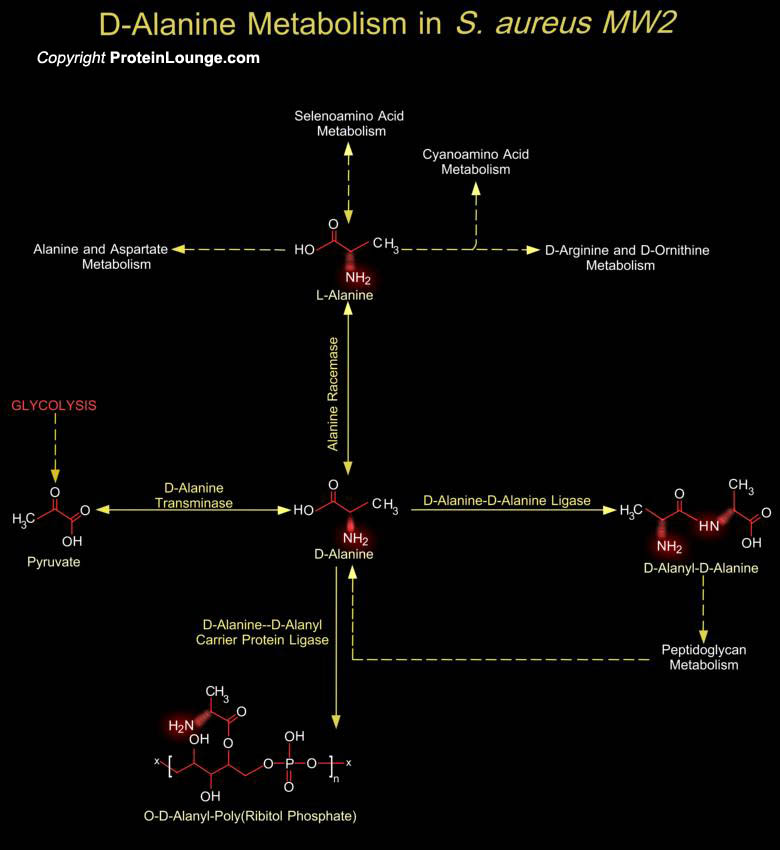
Staphylococcus aureus are Gram-positive nonmotile coccus that grows in aerobic and anaerobic conditions, in which it forms grape-like clusters. S. aureus is one of the major causes of community-acquired and hospital-acquired infections. It produces numerous toxins including superantigens that cause unique disease entities such as toxic-shock syndrome and staphylococcal scarlet fever. S. aureus MW2 is a typical community-acquired strain of MRSA (Methicillin-Resistant S. aureus) isolated in 1998 in North Dakota (Ref.1).The staphylococcal cell wall is 50 percent peptidoglycan by weight consisting of alternating polysaccharide subunits of N-Acetylglucosamine and N-Acetylmuramic acid with 1, 4-Beta linkages. The peptidoglycan chains are cross-linked by tetrapeptide chains[..]
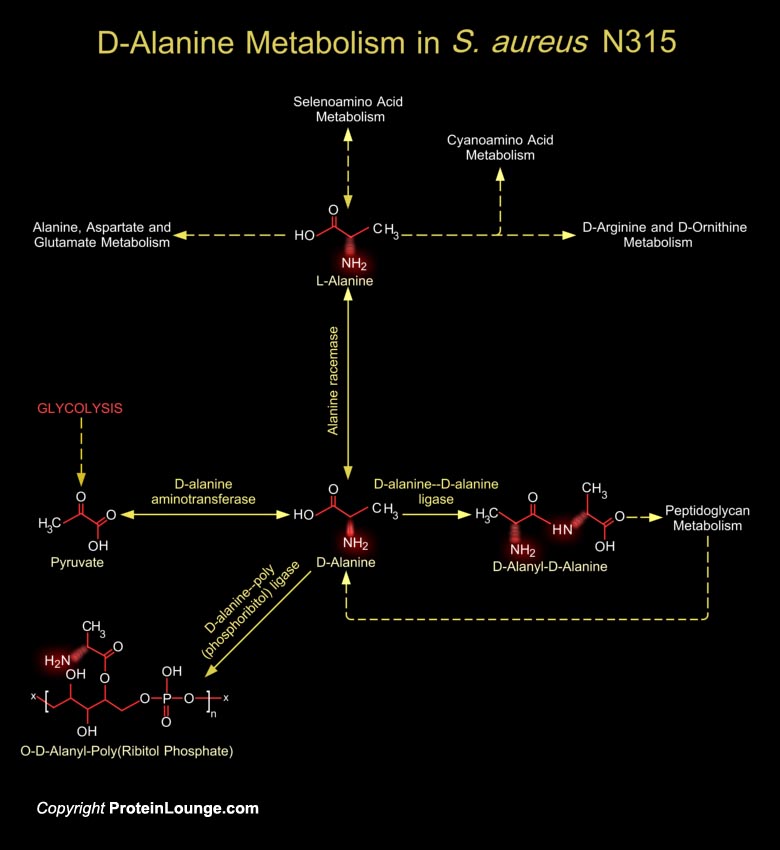
Staphylococcus aureus is a gram-positive bacterium grouped with Bacillus sp on the basis of ribosomal RNA sequences. This immobile coccus grows in aerobic and anaerobic conditions, in which it forms grape-like clusters. Its main habitats are the nasal membranes and skin of warm-blooded animals, in which it causes a range of infections from mild, such as skin infections and food poisoning, to life-threatening, such as pneumonia, sepsis, osteomyelitis, and infectious endocarditis. The organism produces many toxins and is highly efficient at overcoming antibiotic effectiveness (Ref.1). Over the past decades, the incidence of S. Aureus infections has increased dramatically owing to the emergence of antibiotic-resistant strains, such as MRSA (Methicillin-Resistant S.[..]
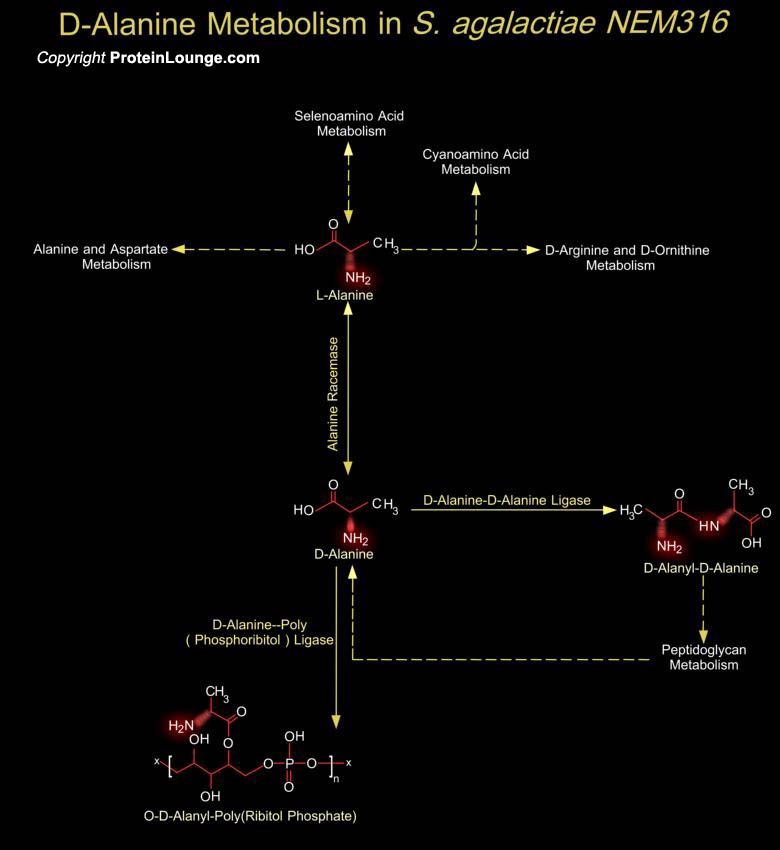
Streptococcus agalactiae, or Group-B Streptococcus is a Gram-positive nonmotile bacterium and is the leading cause of bacterial sepsis, pneumoniae and meningitidis in neonates in U.S. and Europe. It usually behaves as a commensal organism that colonizes the gastrointestinal or genital tract of 25-40% of healthy women, but it can cause life-threatening invasive infection in susceptible hosts: newborn infants, pregnant women, and adults with underlying chronic illnesses. First recognized as a pathogen in bovine mastitis, S. agalactiae (Group-B Streptococci [GBS]) is distinguished from other pathogenic streptococci by the cell wall-associated group B carbohydrate. S. agalactiae strain NEM316 is responsible for a fatal septicemia and belongs to the Capsular Serotype-II. It[..]

